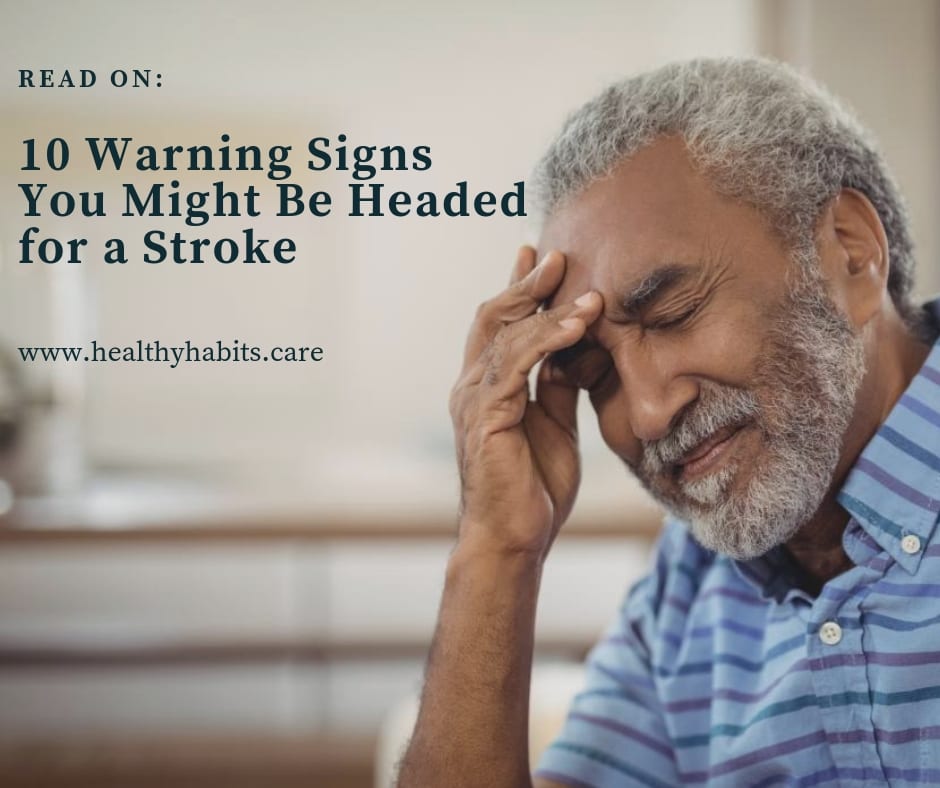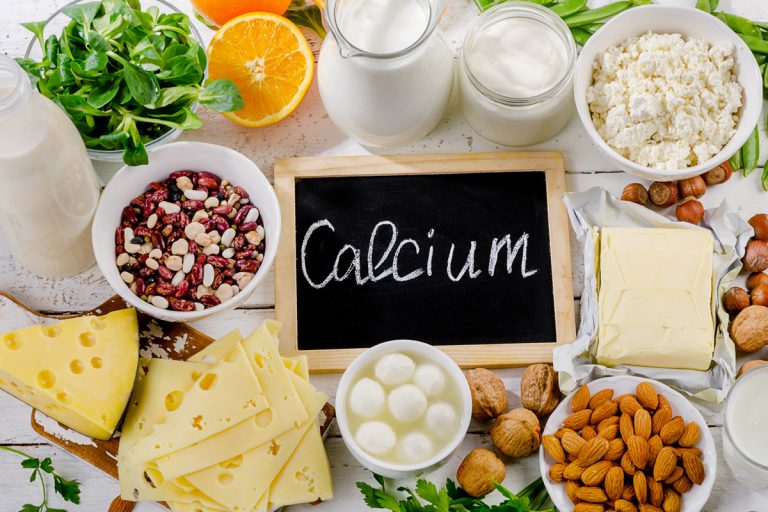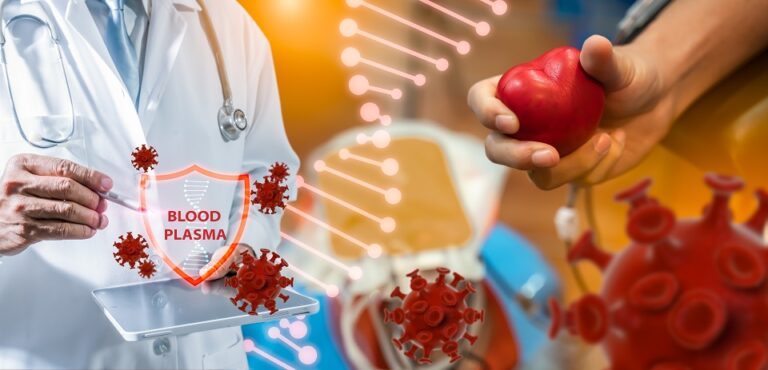
Nobody sees a stroke coming, but the signs of a stroke are usually there. Stroke is sometimes called a “brain attack” because what usually occurs is similar to what happens during a heart attack. In the most common form of stroke, an obstruction blocks flow in a blood vessel that supplies the brain.
A fatty deposit on blood vessel walls often gets the obstruction started. Blood clots can then form at the site of the deposit and make the obstruction worse.
Clots also can form elsewhere in the body, break free and migrate through the circulatory system toward the brain, where they can cause a stroke.
Strokes from clots (ischemic strokes) account for 87% of strokes. They also occur when a blood vessel ruptures and bleeds into the brain (hemorrhagic strokes).
Knowing the underlying cardiovascular factors that put you at risk for stroke can help you avoid its potential disabilities or death. Check out the stroke risks and what you can do to improve your odds.

























